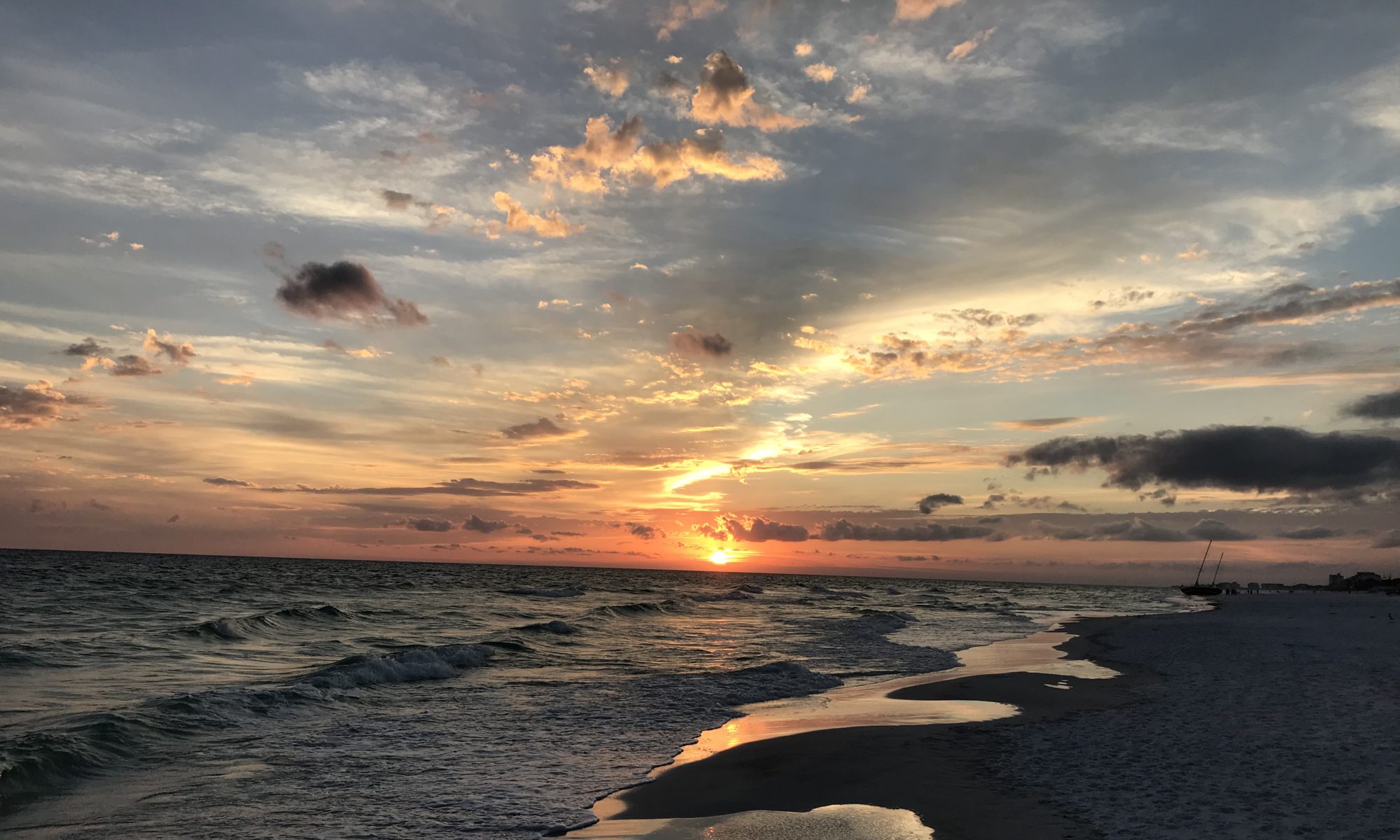On a recent visit to one of our favorite vacation destinations, Key West, we toured the Coast Guard ship the Ingham. Built in 1936 as a Treasury class cutter, she served for 52 years before retiring in 1988 as a museum ship. When the ship was retired everything was left on board as a time capsule.
I have always thoroughly enjoyed being able to visit on board a naval war ship. It is a mixture of seeing how our armed forced lived at that time and knowing that it is a floating piece of US history.
Also, my father and father-in-law were both in the navy at the time this ship was patrolling the waters of the South Pacific in WW-II. I can remember the stories that both have told about their time serving. Interestingly, they both began their sea careers in the Merchant Marines, and then moved into the US Navy after some short time period. It may have been due to their young ages at the time.
Here are some photos from the inside of the ship. Just imagine life aboard this self contained vessel back during WW-II with enemy submarines patrolling nearby along with the threat of Japanese kamikaze bombers. There were 223 sailors aboard the 327 foot long ship during the height of WW-II.








Here is some more on the fascinating history from the official website:
“Secretary” Class Cutter History
Courtesy of the Coast Guard Historian’s Office
The 327-foot cutters were designed to meet changing missions of the service as it emerged from the Prohibition era. Because the air passenger trade was expanding both at home and overseas, the Coast Guard believed that cutter-based aircraft would be essential for future high-seas search and rescue. Also, during the mid-1930’s, narcotics smuggling, mostly opium, was on the increase, and long-legged, fairly fast cutters were needed to curtail it. The 327’s were an attempt to develop a 20-knot cutter capable of carrying an airplane in a hangar.
The Secretary class cutters proved to be highly dependable, versatile and long-lived warships–most served their country for over 40 years. In the words of one naval historian, John M. Waters, Jr., they were truly their nation’s “maritime workhorses.” Waters continued: “the 327’s battled, through the ‘Bloody Winter’ of 1942-43 in the North Atlantic–fighting off German U-boats and rescuing survivors from torpedoed convoy ships. They went on to serve as amphibious task force flagships, as search-and-rescue (SAR) ships during the Korean War, on weather patrol, and as naval gunfire support ships during Vietnam. Most recently, these ships-that-wouldn’t-die have done duty in fisheries patrol and drug interdiction. .Built for only $2.5 million each, in terms of cost effectiveness we may never see the likes of these cutters again.”
source: http://uscgcingham.org/specs.html
Remember, if you would like automatic notification of updates, please sign up with your email address below. Only 13 work days remaining!
Have a great day!

Very cool. I look forward to future posts.
That is just too “kewl” as a friend of mine would say… I can’t imagine being under water in that thing, all that testosterone hahahahaha LOL. Did you know Mr. President, aka, Uncle Weston was in the navy and he has LOTS of stories LOL!
I look forward to traveling with u via your blog. I hope u have the best time of your lives.
Thanks Lorna! I hope you enjoy as I always enjoy hearing about your’s and Mike’s travels around the world. We need to catch up sometime. We’ll venture to the Lone Star state at some point.
Fascinating! I love all the details and pics!
Very cool pictures bro. You look right at home in the RadioShack!
Hey Kevin! Some ham radio groups actually go into these museum ships and activate a radio system for other ham radio operators to make contact. That would be cool.
Love these pictures! (and the VT shirt, ha)